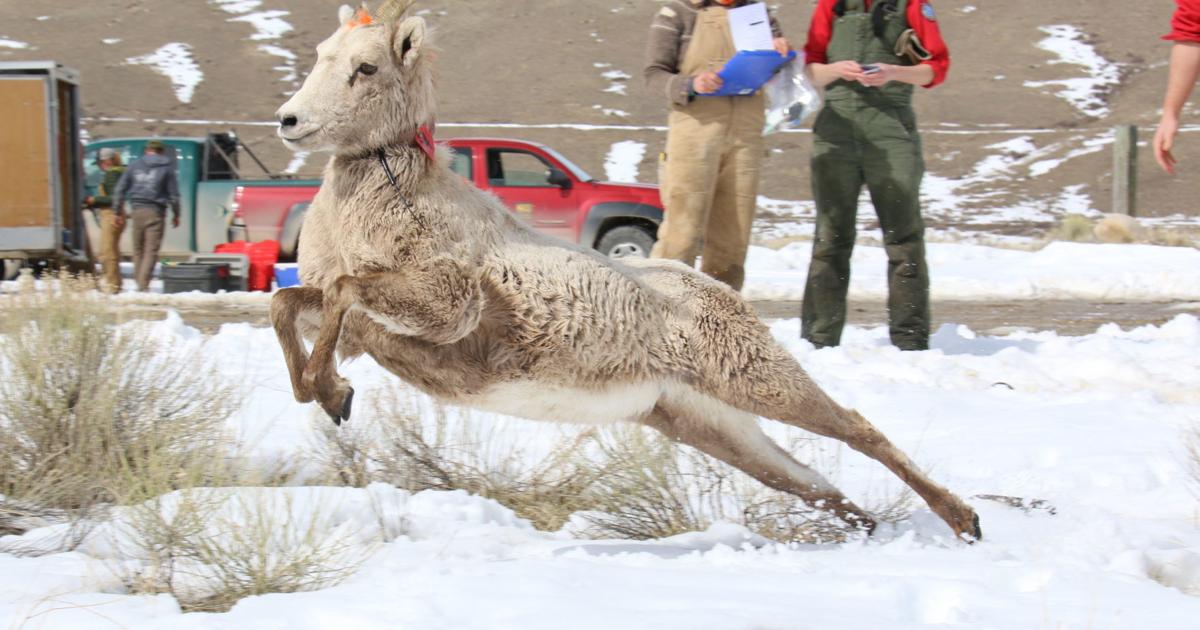BigHornRam
Well-known member
I hope they get some answers.

 trib.com
trib.com

A first-of-its-kind bighorn sheep study hopes to offer answers to an iconic Wyoming herd’s slow demise
Almost 2 million bighorn sheep once roamed the West’s mountains. They moved in waves so thick early explorers could hardly count their numbers. They provided endless food for Native Americans




